What is a Multisig Wallet?
A Multisig Wallet (multi-signature wallet) is a type of wallet that uses a single digital signature which requires more than one private key to sign and authorize a transaction. In some cases, multiple keys can combine to create a single signature. Although multisig technology existed long before cryptocurrency, it is often associated with the advent of Bitcoin. Multisig technology was first applied to the Bitcoin network in 2012, leading to the widespread adoption of multisig wallets the following year.
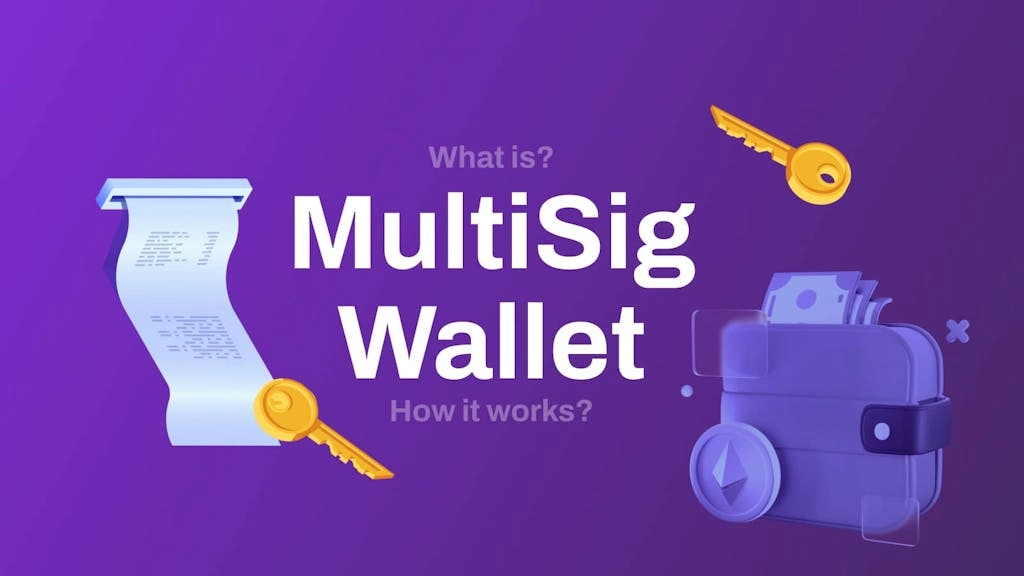
Multisig wallets are essential for organizations, projects, and blockchain-based applications that need to engage in more complex cryptocurrency transactions.
How Does a Multisig Wallet Work?
We can envision a safe with two locks and two keys. One key is held by A and the other by B. The only way to open the safe is by providing both keys simultaneously, so neither person can open the safe without the consent of the other.
Similarly, funds stored at a multisig address can only be accessed using two or more signatures. Therefore, using a multisig wallet allows users to add an extra layer of security to their assets.
Related: What is Trust Wallet? How to Create a Trust Wallet?
Why Use a Multisig Wallet?
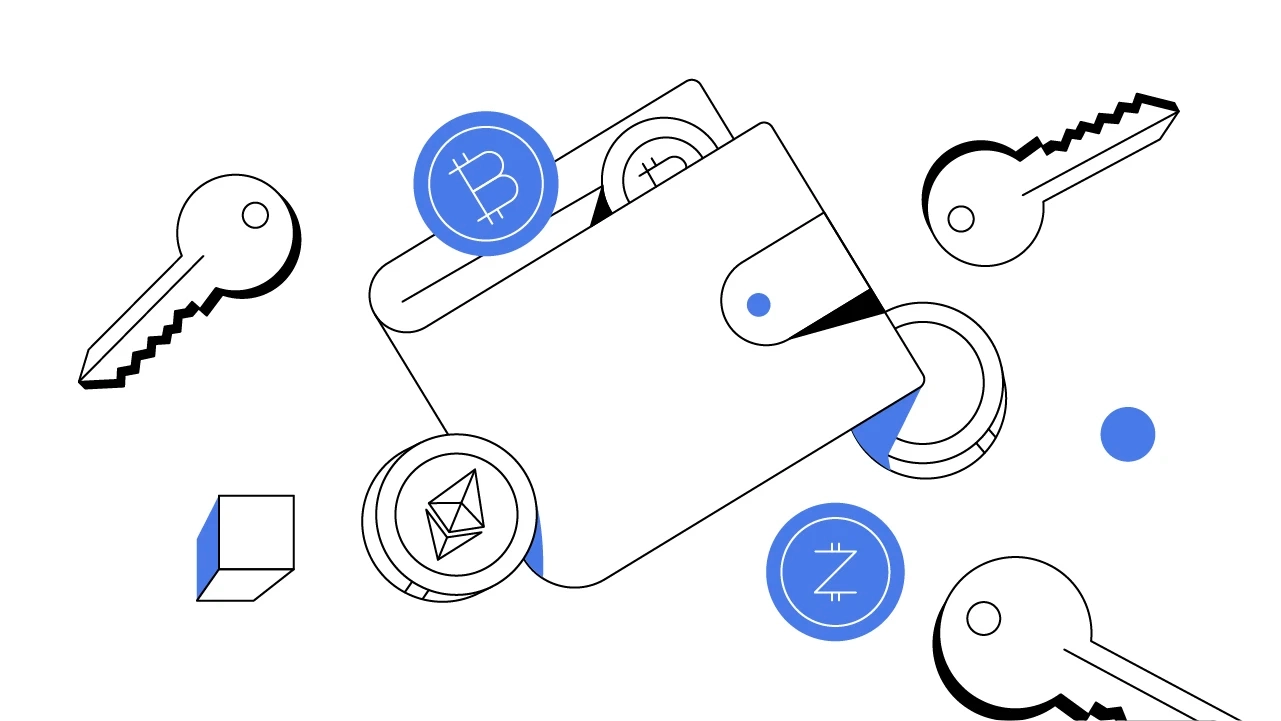
- Increased Security: Multisig wallets offer a higher level of protection compared to single-signature wallets (singlesig). Hackers find it much more difficult to obtain all the necessary keys to withdraw funds from a multisig wallet. Just as multisig wallets reduce reliance on a single person, they also reduce the risk associated with a single device. For example, if a device holding the only private key is damaged, the owner may lose access. However, by storing multisig keys on multiple devices, the risk of losing private keys is significantly reduced.
- Escrow Transactions: Traditionally, escrow is a legal arrangement where a third party holds funds until certain conditions are met. A 2-of-3 multisig wallet allows a third party to participate in escrow transactions between two parties (A and B). In the event of a dispute, a mutually trusted third party (C) can intervene and make the final decision.
- Two-Factor Authentication (2FA): Multisig wallets can also serve as a form of two-factor authentication since users can keep private keys on different devices. However, there are risks involved in using multisig for 2FA, such as losing a key on one device, which would prevent the user from recovering their assets.
- Controlling Access to Shared Assets: Similar to using multisig technology for escrow, multisig wallets can control access to a company’s shared funds. For example, if a company sets up a wallet that requires 4 out of 6 signatures to unlock, no individual can access and misuse the funds. Access can only be granted with the agreement of the majority of key holders.
Disadvantages of a Multisig Wallet
While multisig wallets offer many advantages, they also present a few drawbacks for users:
- More Complexity: Using a multisig wallet can be more complicated than using a regular cryptocurrency wallet. Setting up and managing the signatures requires technical knowledge and understanding of blockchain.
- Difficulty in Changing Methods: Changing the operational methods of a multisig wallet must be done carefully and with the consent of all key holders, which can cause unwanted issues during the process.
- Higher Costs: Using a multisig wallet may involve higher transaction fees compared to regular cryptocurrency wallets, due to the need to create and manage multiple signatures.
Some Popular Multisig Wallets

Multisig wallets are very popular in the market. Although they have a complex mechanism and primarily serve organizational customers, multisig wallets are increasingly integrated into many wallet platforms. Some wallet applications that support multisig include:
- Safe (Gnosis Safe): A smart contract wallet that allows users to store assets on the Ethereum blockchain.
- Electrum: One of the oldest and most reliable multisig wallets for Bitcoin. The wallet interface is very convenient and easy to use due to its simple payment verification feature.
- Armory: A cold wallet for Bitcoin on computers, using decentralized lockbox technology to minimize wallet hacking issues. Armory has high security, allowing users to create and store private keys.
- BitGo: Supports popular multisig features with many users and is considered a leader in blockchain security. Wallets typically require three to six private keys to perform a transaction, with a relatively long time frame of 30 to 60 minutes.
Guide to Creating a Multisig Wallet
Below, AZC.News provides a guide to creating a Safe wallet.
Step 1: Access Safe and connect your MetaMask wallet (you can use a wallet other than MetaMask).
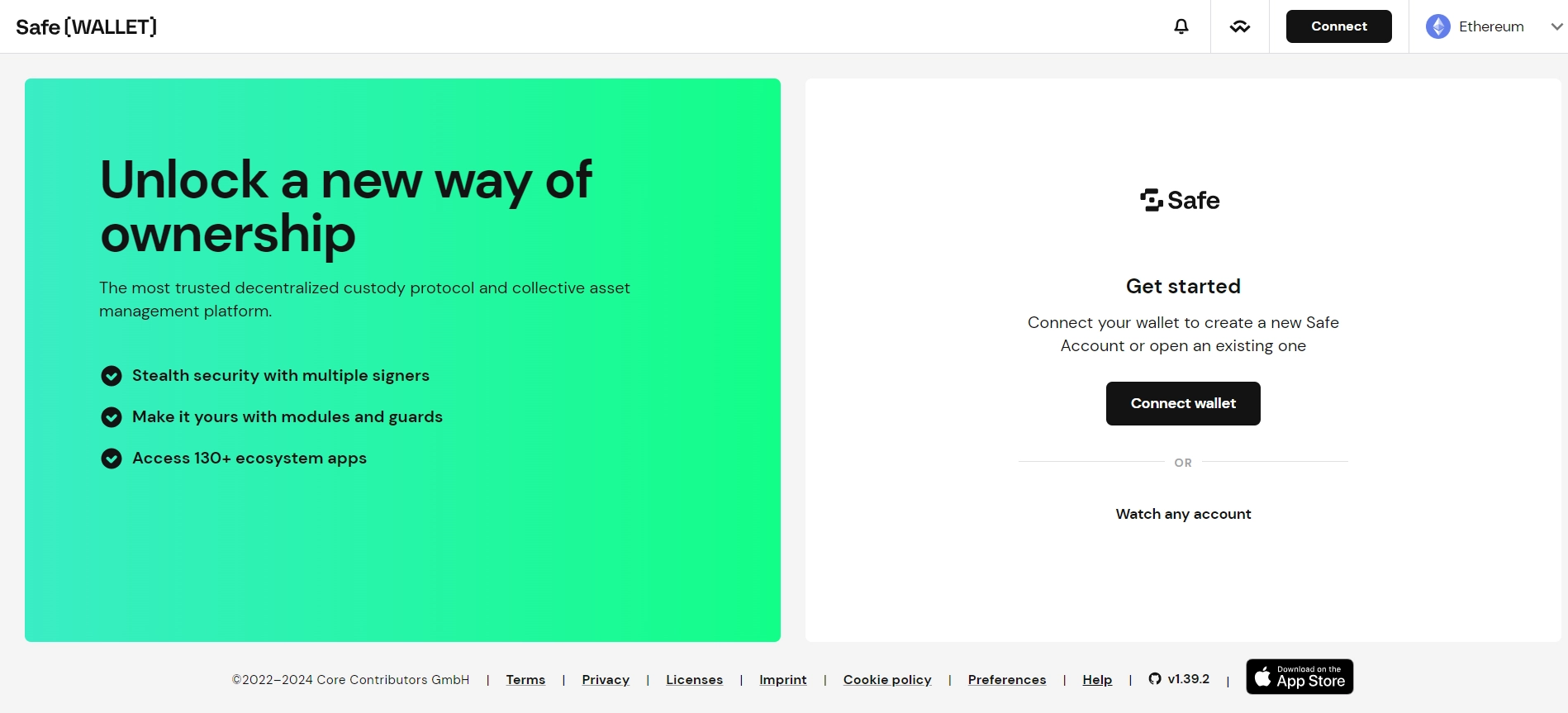
Step 2: Continue with MetaMask.
Step 3: Name the wallet and click “Next“.
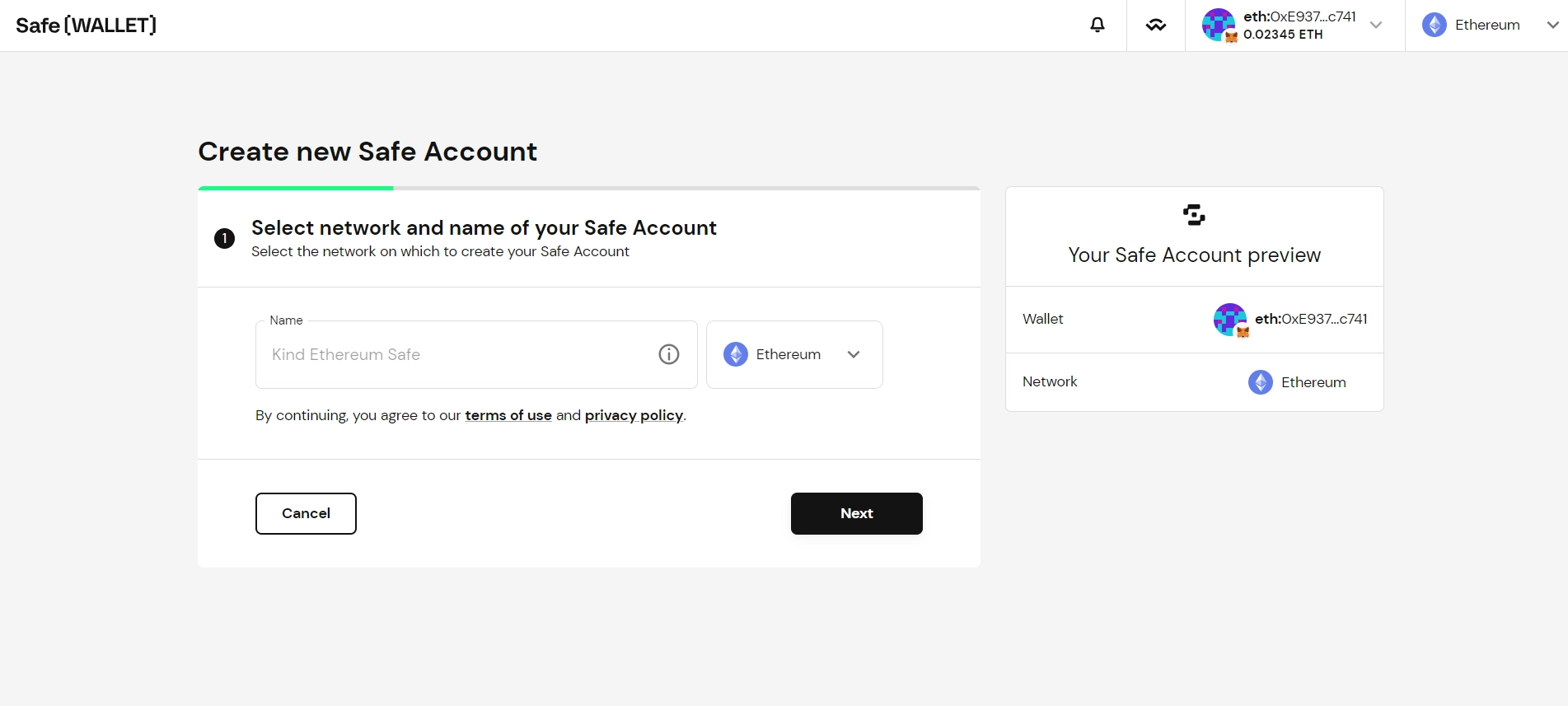
Step 4: Set up your wallet.
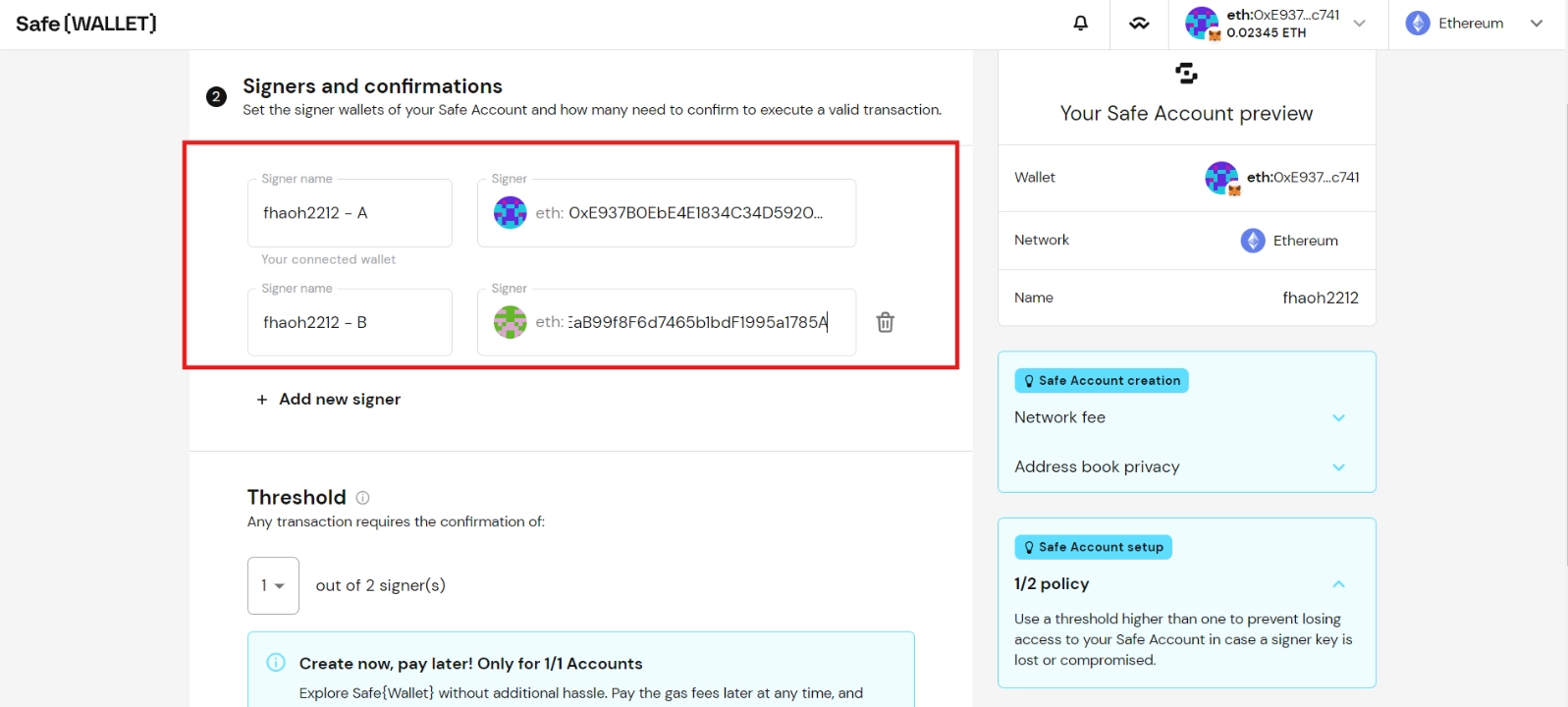
Step 5: Successfully create the wallet.
Conclusion
Cryptocurrency wallets allow you to store and transfer cryptocurrency by creating and using private keys. In the evolving world of cryptocurrency, where hacking attacks are prevalent, losing a private key means losing access to your cryptocurrency.
To enhance the security of cryptocurrency wallets, multisig wallets have been developed, offering many advantages but also some disadvantages. It is important to understand them overall to use them in appropriate cases.
Through this article, AZC.News has introduced what a multisig wallet is and how to set it up. If you have any questions, leave them in the comments section to get answers right away!










Great knowledge